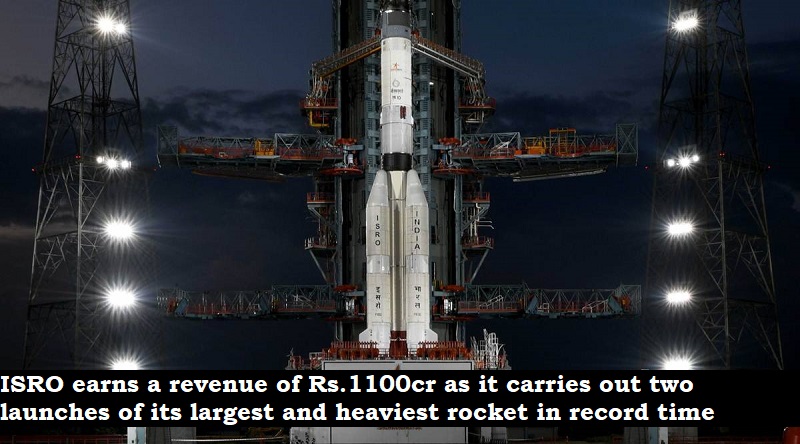
The Indian Space Research Organization (ISRO) successfully launched its largest and heaviest rocket twice, once on October 23, 2022, and again on March 26, in record time. Both launches were commercial missions, with the LVM3 rocket transporting a total of 72 satellites for UK-based telecom firm OneWeb, earning ISRO’s commercial arm, NSIL, a total revenue of over Rs. 1100cr or $137 million.
These launches enabled OneWeb to complete its constellation of 618 broadband satellites in Low Earth Orbit. It’s worth noting that these are the only commercial missions the heaviest launcher in India has performed. OneWeb Chairman Sunil Bharti Mittal credited Indian Prime Minister Narendra Modi for facilitating these commercial launches with ISRO, which falls under the Department of Space that is part of the prime minister’s portfolio.
Mittal explained that India’s involvement came about when OneWeb faced setbacks after the cancellation of six launches that were contracted with the Russian space agency Roscosmos due to the Russia-Ukraine conflict. After the Ukraine-Russia conflict, Roscosmos demanded that OneWeb guarantee their satellites won’t be used for military purposes against Russia. Russia had also demanded that the UK government sell its stake in OneWeb. With Soyuz (Russian rocket) taken out of the picture, only a few options were left in the global commercial rocket launch industry, and OneWeb had lost 36 satellites worth nearly $50 million.
Despite OneWeb being a competitor to Elon Musk’s Starlink, SpaceX gave them three rockets. However, Prime Minister Modi recognized the moment and directed the entire Indian space ecosystem to step up and give two rockets to OneWeb, which Mittal said was a game-changer for them. These successful OneWeb launches carried out by ISRO have established ISRO and NSIL as serious and significant players in the global commercial launch market.
ISRO Chairman Dr S Somanath also acknowledged the Indian Prime Minister’s role in making the LVM3 rockets available for commercial launches. As a government-run space agency, ISRO plans its missions well in advance, and making rockets available at short notice for commercial missions is quite challenging. The two commercial launches of LVM3 have only increased ISRO’s confidence in their largest rocket, which is also meant to perform the Gaganyaan astronaut mission. The LVM-M3 rocket that flew on March 26 featured twin ‘S-200’ motors that are designed with increased margins and features for Gaganyaan configuration. There were many more improvements in this rocket aimed at making it human-rated (suitable and safe for carrying astronauts).
Mittal expressed hope that ISRO would take up the opportunity to become a dominant competitor to SpaceX in the launch industry, given the void created by the absence of workhorse launchers such as Russian Soyuz rockets, Europe Ariane V (retired), and the immense delays on the Ariane VI rocket.

Post Your Comments